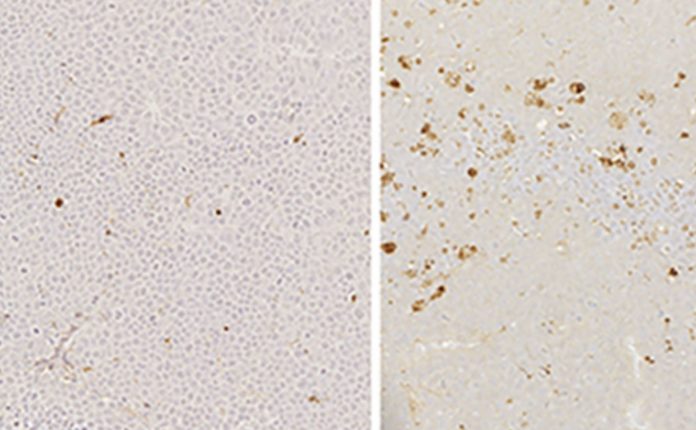A decoy receptor causes multiple myeloma cell death in Mice
Researchers at Stanford University have created “decoy receptor” molecules that prevent the development of diffuse large B cell lymphoma (DLBCL) and multiple myeloma (MM) in mice. The molecules were found to be safe for monkeys in a study published in the Journal of Experimental Medicine (JEM) toay. This suggests that they could be used to treat people with either of these two deadly blood cancers, which are among the most common in the world.
Both multiple myeloma and diffuse large B-cell lymphoma are types of malignancy that originate in the body’s antibody-producing B cells. Less than 60% of patients with either of these disorders survive five years after diagnosis. In recent years, several patients have experienced success using genetically modified CAR T cells to target and kill malignant B cells. But this immunotherapeutic approach often has serious side effects and is not good for older patients, who are more likely to have MM and DLBCL.
According to Dr. Yu Rebecca Miao, an instructor in the Department of Radiation Oncology at Stanford University, “safe and effective targeted therapies are therefore still needed for patients who exhaust currently available treatment options.” The Oxford Institute for Radiation Oncology at the University of Oxford, Professor Amato J. Giaccia, and Dr. Kaushik Thakkar of Stanford University served as the study’s principal investigators.
Two cell signaling proteins called APRIL and BAFF were thought by Miao and colleagues to be potential therapeutic targets for MM and DLBCL. APRIL and BAFF regulate the maturation of normal B lymphocytes by interacting with several cell surface receptor proteins. However, increased APRIL and BAFF levels encourage the proliferation and survival of malignant B cells, accelerating the spread of blood cancer and treatment resistance. APRIL is specifically connected to the evolution of MM, whereas BAFF is connected to DLBCL.
BCMA is a receptor on the surface of B cells that binds to both BAFF and APRIL. A soluble form of BCMA that is not linked to the B cell surface was studied by Miao and colleagues to see if it may serve as a “decoy receptor” to remove extra APRIL and BAFF and stop these proteins from promoting the development of malignant B cells.
The scientists discovered that APRIL might bind to soluble BCMA and prevent the development of MM in mice. But the decoy receptor didn’t bind to BAFF very well, so it couldn’t stop the growth of DLBCL.
So, Miao and his team made a modified version of soluble BCMA that strongly binds to both APRIL and BAFF. This substance, known as sBCMA-Fc V3, had the ability to prevent the development of both MM and DLBCL in rodents.

Notably, sBCMA-Fc V3 did not have any significant negative impacts while decreasing the activity of APRIL and BAFF in cynomolgus monkeys. This shows that sBCMA-Fc V3 or similar decoy receptor therapy may be both safe and effective for use in people.
sBCMA-Fc V3 is a clinically viable candidate for the treatment of MM and DLBCL, according to Miao’s analysis of the data.
“The biological functions of BAFF and APRIL are not limited to B cell malignancies but extend to autoimmune disorders and other diseases triggered by pathological B cells, suggesting an even broader clinical indication for sBCMA-Fc V3.”
Image Credit: Getty
You were reading: A Potential New Cancer Treatment Halts The Growth of Aggressive Multiple Myeloma in Mice
